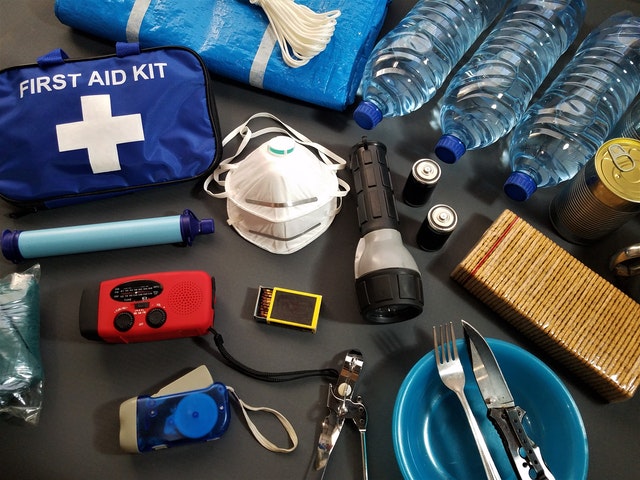Blog
How To Prepare For A Routine Pallet Racking Safety Inspection

The Occupational Safety and Health Administration (OSHA) holds company management responsible for providing a safe work environment to their employees. Unsafe workplaces can endanger workers and can expose employers to liability in case of an accident. A large part of ensuring your warehouse is a safe working environment for your team is following pallet racking safety inspection guidelines. While your day-to-day operations are important, it is equally important that you prepare yourself for inspection by OSHA and others.
An effective pallet racking safety inspection requires your participation as well as that of your employees to effectively identify problems and rectify them immediately before they result in injuries or fatalities. You can be ready for a safety inspection by following these tips:

Check integrity of the structure
As pallet racking is often used to support heavy loads, it must be built with sturdy material. Inspectors will check to see if there are apparent structural issues such as rusty joints and cracks in the frame. So be proactive and regularly inspect the integrity of your racking in-house. Ensure that the floor bolts are well anchored and make any necessary repairs.
Displayed safety signs
Safety signs must be posted at conspicuous areas to warn workers about possible hazards and to ensure that they are aware of their rights as an employee. You should also have a fire extinguisher and insist on employees wearing safety gear and using equipment effectively. OSHA inspectors will check if the safety signs posted in the warehouse are easy to understand. Furthermore, they will check if they are kept clean and free from damage during routine pallet racking inspections.

Readily accessible first-aid kits
OSHA requires that a fully stocked first aid kit be readily accessible to workers at all times. It is your responsibility to ensure that employees have immediate access to first aid supplies in case of an emergency. Some first aid items do expire or become less effective over time, so be sure to regularly check and restock your kits as needed. Even if you’ve never used any of the supplies in a kit, experts recommend replacing it after three years.
Pallet racking strength and correct labelling
Make sure that all of your racks are strong enough to support the weight of the loaded pallets. The weight of the pallets can affect the capacity and if it is not corrected immediately, then it might lead to a collapse or other related workplace accidents.
Additionally, ensure that the pallet racks are labeled correctly, and the signs are visible. Make sure that the signs are placed at a height that can be easily seen by both workers and visitors during pallet racking inspections.
Proper placement and management of pallet rack loads
When it comes to the management of rack loads, it is essential to provide a safe and controlled environment that will enable workers to place and remove product without having to worry about compromising their safety.
While there are different types of pallet racking systems, make sure that your system has sufficient clearance between the racks for people and equipment. Additionally, ensure that there are no areas where pallet loads can roll or shift during forklift loading or unloading operations.
The proper management of pallets is critical as it can avoid or minimize serious accidents. The management of the loaded pallets should be done in such a way that it doesn’t affect product handling operations.

Identifiable exits
The standard pallet racking safety inspection checks for pre-installed doors in the rack system. This is a safety precaution to prevent workers from getting trapped in the middle of racks. In addition, they check if the door locks are working well and easily accessible should an emergency exit be demanded.
There should be ample lighting and clear walkways. Additionally, ensure that the aisles are both wide and clear of obstructions to allow a safe exit in case of an emergency.
It is essential to keep all exits free and clear so that there are no accidents due to obstructed exits during emergencies and product handling operations.
Electrical hazards
Electrical hazards can be dangerous, including the risk of electrocution. Ensure that your system is free from electrical hazards by making sure that there is no exposed wiring and other components in close proximity to the pallet racks.
Additionally, ensure that you adhere to the National Fire Protection Association’s standard NFPA 70E when it comes to the design and installation of the electrical components of all types of systems for pallet racking.
Final thoughts
With these tips in mind, you can easily identify and rectify any potential hazards in your warehouse. Implementing these tips will also enable you prepare for pallet racking inspections. For additional safety tips, be sure to check out our other blog posts. If we have yet to address your question in a post, feel free to reach out to us.
